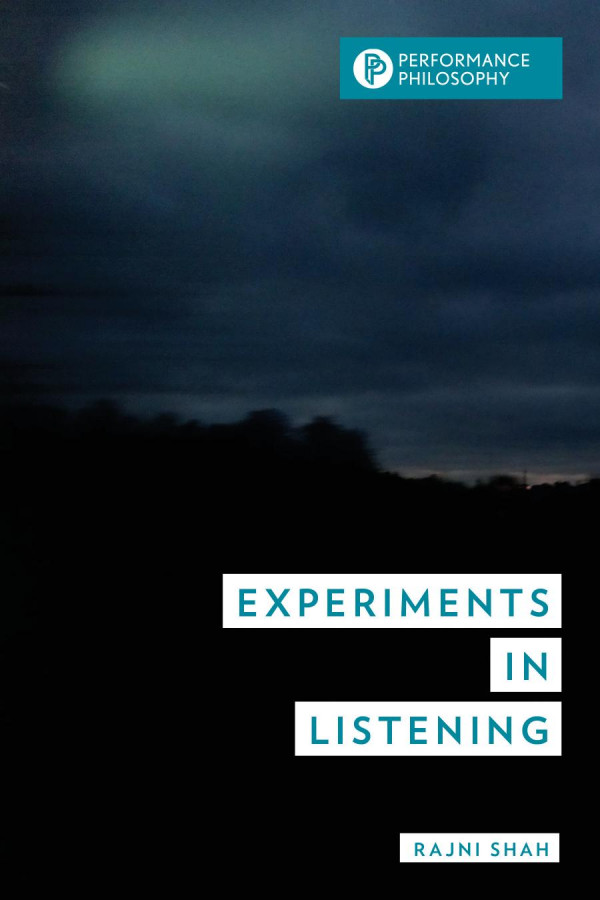

Most ebook files are in PDF format, so you can easily read them using various software such as Foxit Reader or directly on the Google Chrome browser.
Some ebook files are released by publishers in other formats such as .awz, .mobi, .epub, .fb2, etc. You may need to install specific software to read these formats on mobile/PC, such as Calibre.
Please read the tutorial at this link: https://ebookbell.com/faq
We offer FREE conversion to the popular formats you request; however, this may take some time. Therefore, right after payment, please email us, and we will try to provide the service as quickly as possible.
For some exceptional file formats or broken links (if any), please refrain from opening any disputes. Instead, email us first, and we will try to assist within a maximum of 6 hours.
EbookBell Team

4.4
92 reviewsThrough an exploration of both practice and theory, this book investigates the relationship between listening and the theatrical encounter in the context of Western theatre and performance. Rather than looking to the stage for a politics or ethics of performance, Rajni Shah asks what work needs to happen in order for the stage itself to appear, exploring some of the factors that might allow or prevent a group of individuals to gather together as an ‘audience’.
Shah proposes that the theatrical encounter is a structure that prioritises the attentive over the declarative; each of the five chapters is an exploration of this proposition. The first two chapters propose readings for the terms ‘listening’ and ‘audience’, drawing primarily on Gemma Corradi Fiumara’s writing about the philosophy of listening and Stanley Cavell’s writing about being-in-audience. The third chapter reflects on the work of Lying Fallow, the first of two practice elements which were part of this research, asking whether and how this project aligns with the modes of listening that Shah has proposed thus far, and introducing Eve Kosofsky Sedgwick’s writing about the preposition ‘beside’ in relation to being-in-audience. In the fourth chapter, Shah examines the role of the invitation in setting up the parameters for being-in-audience, in relation to Sara Ahmed’s writing about arrival and encounter. And in the final chapter the second practice element, Experiments in Listening, operates to expand our thinking about where and how the work of being-in-audience takes place.
Blending the boundaries of theoretical, creative and practice-based artistic work, this book is accompanied by a series of five zines. These describe an embodied experience of knowledge from a personal perspective, both playfully and seriously following a line of enquiry developed in each of the chapters.